This article originally appeared on Bikemag.com and was republished with permission.
What our sport needs more than anything is to grow. Trail access issues might not even be issues if every land manager and their daughter or son, husband or wife were an avid mountain biker. And each city would have a bottomless trail-building budget if enough of its citizens demanded it. And speaking of budget, if riding were half as popular as superhero movies or video games, economy of scale would predict that bike prices would go down. Athletes would make more money. There would be more research into helmet safety. We’d see more bikes in media, education and politics. Things could be better. And believe it or not, they’re getting better. Many of the innovations we saw over the past decade will attract new dedicated members into mountain biking. Here are a handful of things that are helping open doors to newcomers.
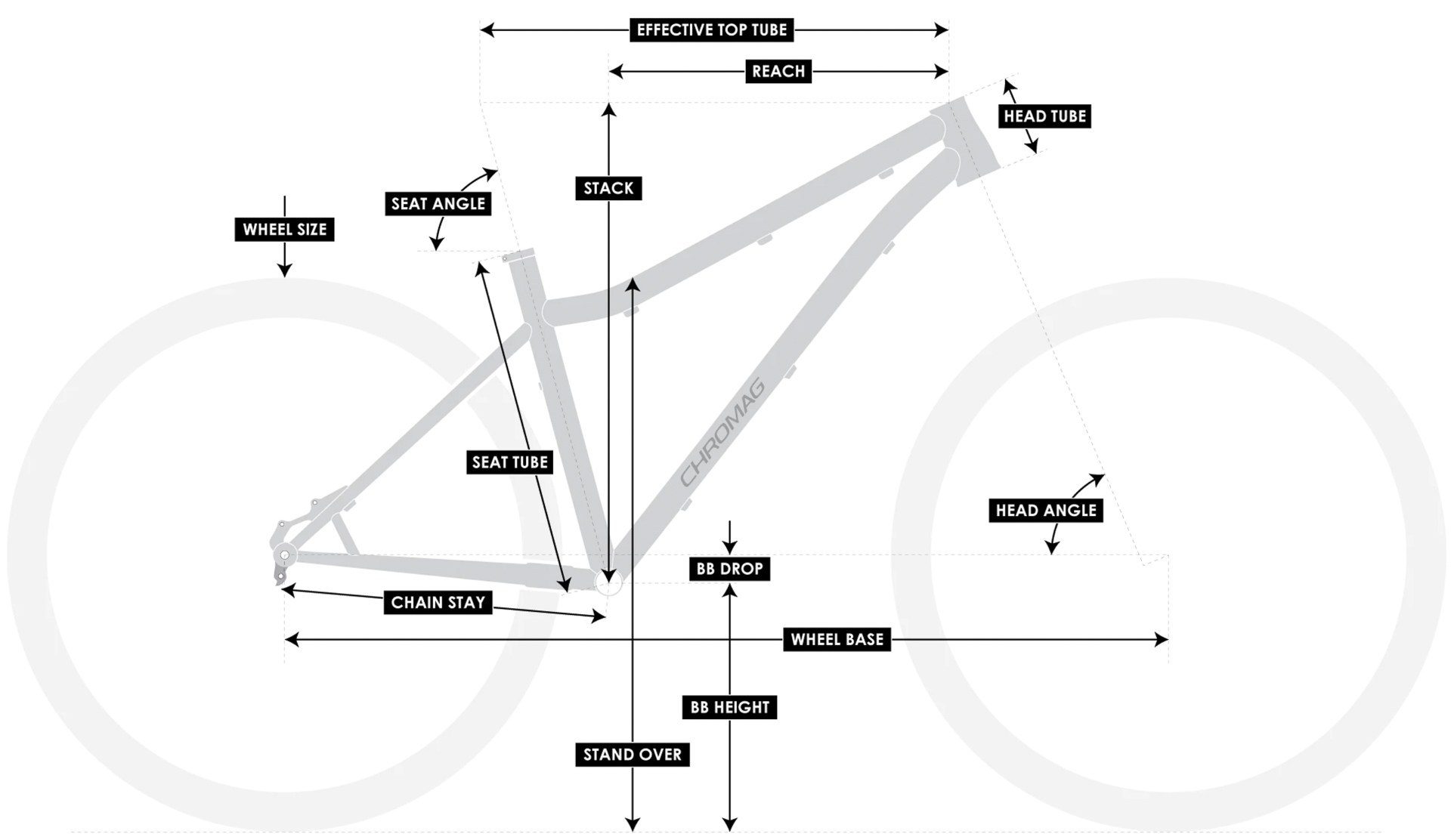
Modern Geometry
Bikes made before 2010 were unsafe. It would be hazardous to get behind 680-millimeter-wide bars, a 100-millimeter stem and a 69-degree head angle, and ride like you would ride a modern aggressive bike. In the years leading up to 2010, we were making huge leaps in suspension performance, frame material and component technology, but nothing you could buy would eliminate the dread of putting one of those bikes in an inch over its head.
Dispatches: Riding The Oregon Outback Trail
That ended around 2012 when a few brands started stretching their cockpits, dropping their bottom brackets and slackening their headtubes. Unlike every major leap in bike design we’d made until then, this concept would not cost the rider a dime. Tunable suspension, feathery weight and precise shifting were all pretty expensive to achieve. But that’s nothing compared to the benefits of riding a bike that doesn’t feel like it’s going to kill you. And just recently, steep seat tube angles has been aiding us on the climbs as well. Three degrees steeper will do far more than saving 3 pounds, and will cost far, far less.
This revelation has spread quickly across every brand’s high end, and has eventually trickled down to aid the newcomer. Moderate bikes, hardtails and entry-level models are finally reaping the benefits of modern geometry. Today’s beginners are safer and having more fun than they ever have. Now, more of them will survive long enough to buy a second bike.
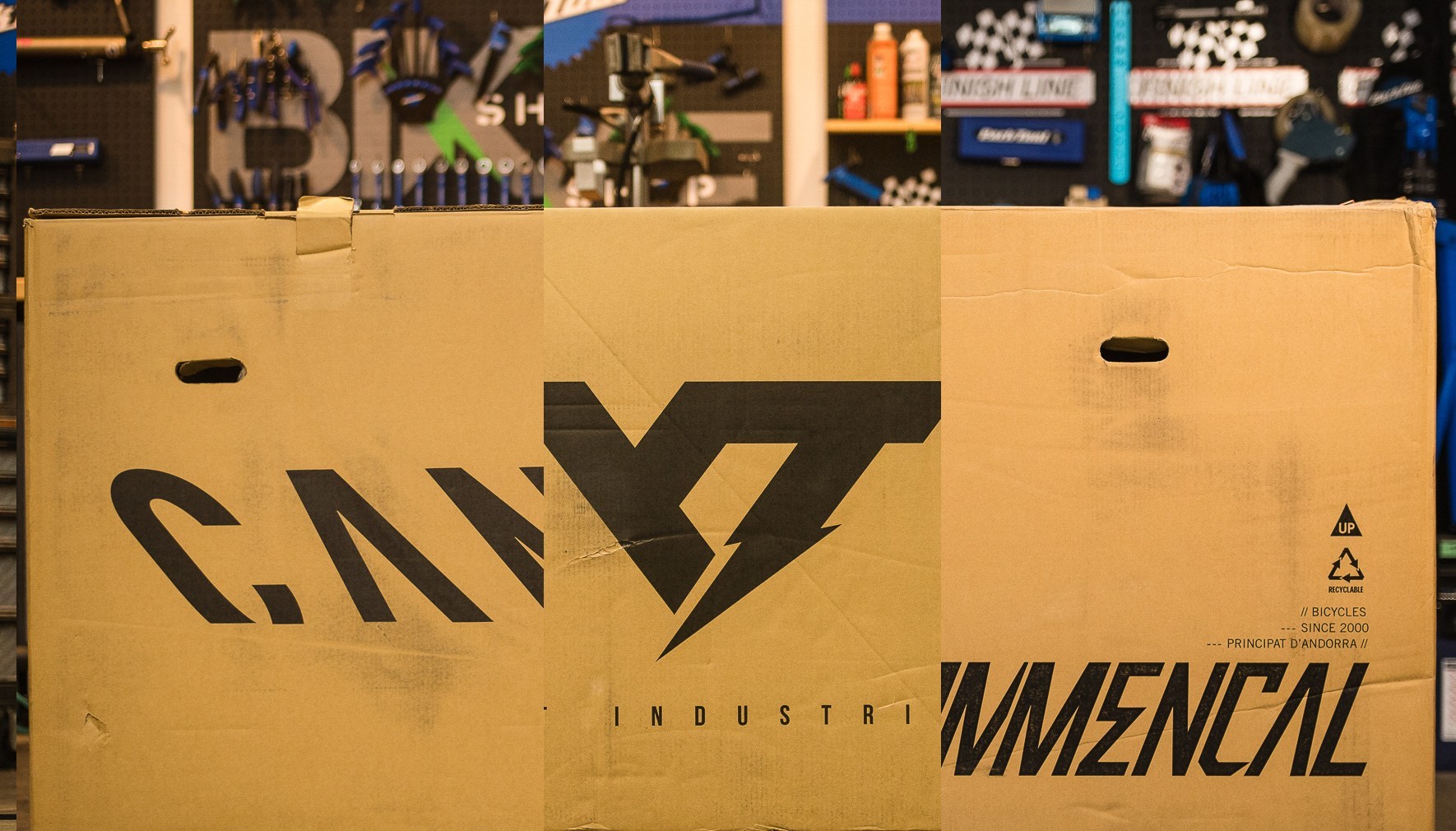
Consumer-Direct Sales
On the surface, this is simple. Consumer-direct sales is making it easier for riders to get a better bike for less. But there are a couple ways to look at this one. There is one possible future wherein the growth of consumer-direct bike sales results in the shrinking of retail shop locations, which would not be good for newcomers to mountain biking. But if that’s happening at all, it is happening alongside an already existing decline in shop business that has been going on long before this decade. Something has to change. Plus, the rise of Canyon, YT, Commencal, Fezzari and the like are not, in and of themselves, causing a decline in apparel, accessory, parts or service business at brick-and-mortar stores. They just sell bikes. In fact, it’s entirely likely that allowing more people to afford higher-end bikes than they could at traditional retail could put more people in bike shops. Only time will tell. But for the time being, new riders who want to start riding with, for example, you and your crew, can get that high-end experience for $1,000 or $2,000 less, which for a lot of people is the difference between picking up mountain biking and not doing it at all.
Dream Builds: Ryan Palmer’s Custom Specialized Enduro
Likewise, if a rider can barely afford to spend $2,000 on their first high-end bike, they could get a SRAM Eagle drivetrain and a dropper post out of the box from a consumer-direct brand and would likely have to do without both if they went the traditional route. Those features make riding significantly more enjoyable, and that rider will be significantly more likely to fall in love with the sport.
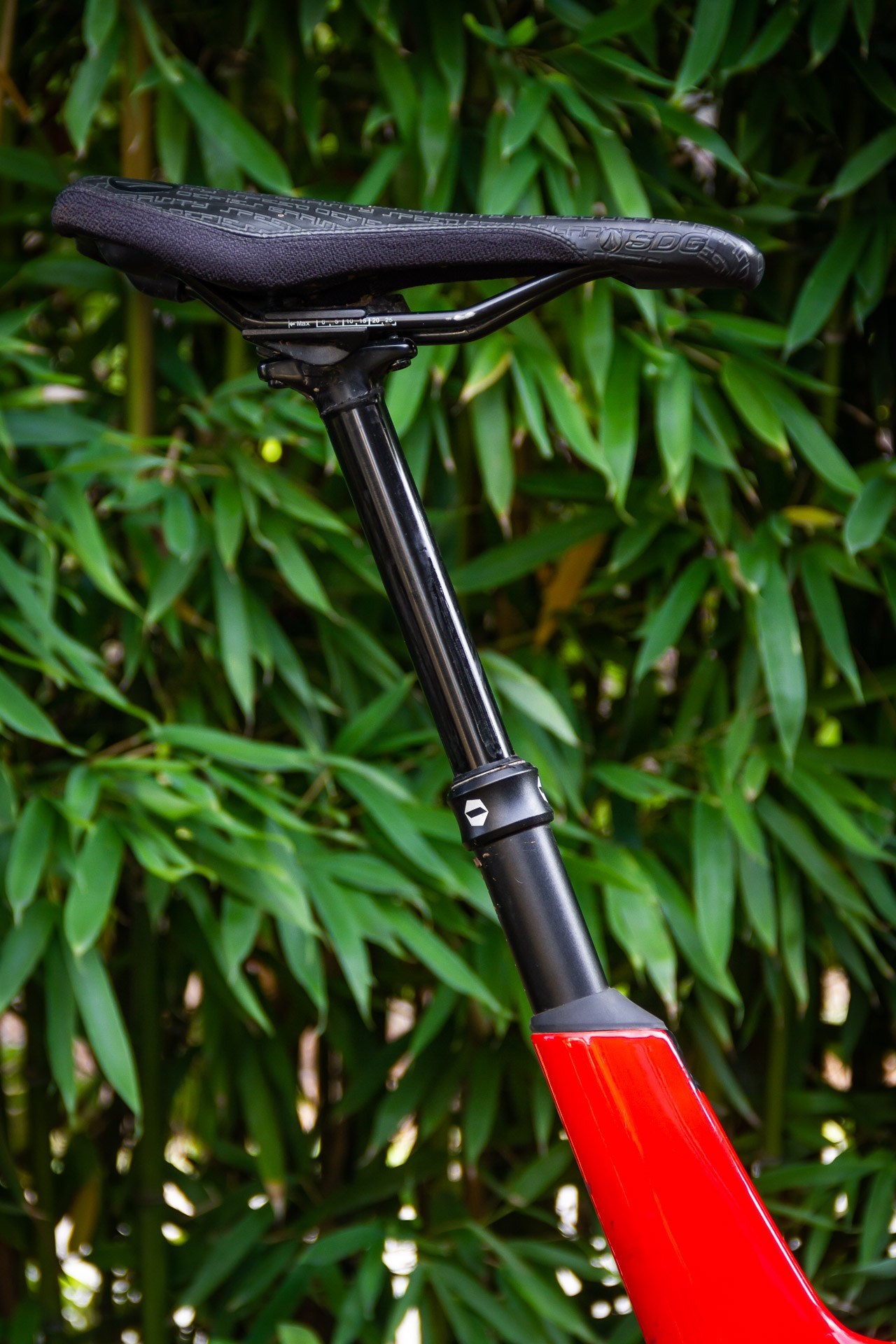
OEM Dropper Posts
Speaking of components that make riding more enjoyable, the dropper post may only be matched by necessities like tires, brakes or oxygen. But there was a time within our decade that they were considered aftermarket upgrades or luxuries reserved for each bike’s flagship build. Today, they are cheap enough and reliable enough that they’re being equipped OEM (“Original equipment manufacturer.” Basically, spec’d out of the box instead of aftermarket.) on price points not far above $1,000. After a new rider is able to scare up what is probably more than they wanted to spend on their first real bike, it might be too much of a stretch to find the extra couple hundred bucks it’d take to upgrade to something the rest of us consider to be a human right. That means that, before dropper posts became standard equipment on mid-range bikes, those crucial first rides weren’t all that they could be. Sure, most stock droppers aren’t as long or as quick as one would be if it were hand-picked, but think about your first dropper. That clunky, externally cabled, expensive experiment probably changed your life.

1X Drivetrains
Have you ever tried to explain to an inexperienced rider how to use a drivetrain with three chainrings? “Pushing with your thumb makes it harder to pedal on that side, but easier to pedal on this side. Shifting that side will make big changes, shifting with this side will make small changes. When that side is in first gear, you want to keep this side in the lower gears. When that side is in 3, keep this side in higher gears. And if the chain falls off the inside of the crank, shift that side down to ‘1,’ and…” Ugh.
Ripton & Co. Introduces Tech 'Jorts' for Mountain Biking
Anyone would be forgiven if they were so frustrated by the headache of using and repairing a two-derailleur bike, that they took up rollerblading instead. 1x drivetrains slashed the learning curve for gear-finding, and all but eliminated dropped chains. On top of that, Eagle and now Shimano’s Hyperglide+ allows 1x riders to still have their granny gear. For a sport that already can be a little intimidating, 1x drivetrains introduced something that was almost inviting.

High-End Kids’ Bikes
Why did it take us so long to start doing this? Every once in a while over the years, you’d maybe see one bike. GT had a very limited 20-inch Zaskar in the ’90s. And Kona had the Stinky Jr. in the early 2000s. But no brand offered a wide lineup of rad little rides for your rad little rider, let alone dedicated themselves to it entirely. Today, we have brands like Spawn and Early Rider who do nothing but high-end kids’ bikes. Trek, Specialized, Marin and, of course, Kona offer full-suspension 24-inch options. And Commencal has enough kids’ offerings to create a sub-brand. And for the most part, they are reasonably priced. Maybe not when you consider how long they’ll actually fit them, but these are not limited novelty items like that ’90s Zaskar. These are well-designed, thoughtfully spec’d gateway bikes. Every parent who rides wants their kid to fall in love with it eventually. Now, they can fall sooner and harder… no pun intended.
Why Going Slow on Your Mountain Bike Makes You a Better Rider
Just think about the ripple that this trend will have 10, 20 years in the future. Kids that might not have started leveling up until they were teenagers are shredding at 8 and 9. Sorta gives you goosebumps.

E-Bikes
Like bringing up politics at Thanksgiving dinner, we’re about to talk about e-bikes on the internet. But you had to know it was coming given the name of this list. In fact, accessibility is one angle on e-bikes that most of us should be able to agree on. All of us are going to get old someday, if we haven’t already. Our range and ability will decrease, and electric mountain bikes can keep us out on the trail when we’d otherwise go gentle into that good night. If you haven’t ever accompanied an aging mountain biker on their first e-bike ride, it’s magical. It’s like watching the blind see for the first time, and it’s happening every day.
Lawsuit Filed to Reinstate Ban on E-Bikes in National Parks
On the other end of that timeline, our less-dedicated friends, spouses and even our kids can now go on rides of the same scale and at the same pace that we do. And chances are they’ll eventually learn that, at least for now, there are things that acoustic bikes can do that electric bikes can’t. If they’re not gateways into the kind of mountain biking that we traditionalists are into, at least they’re gateways into mountain biking.
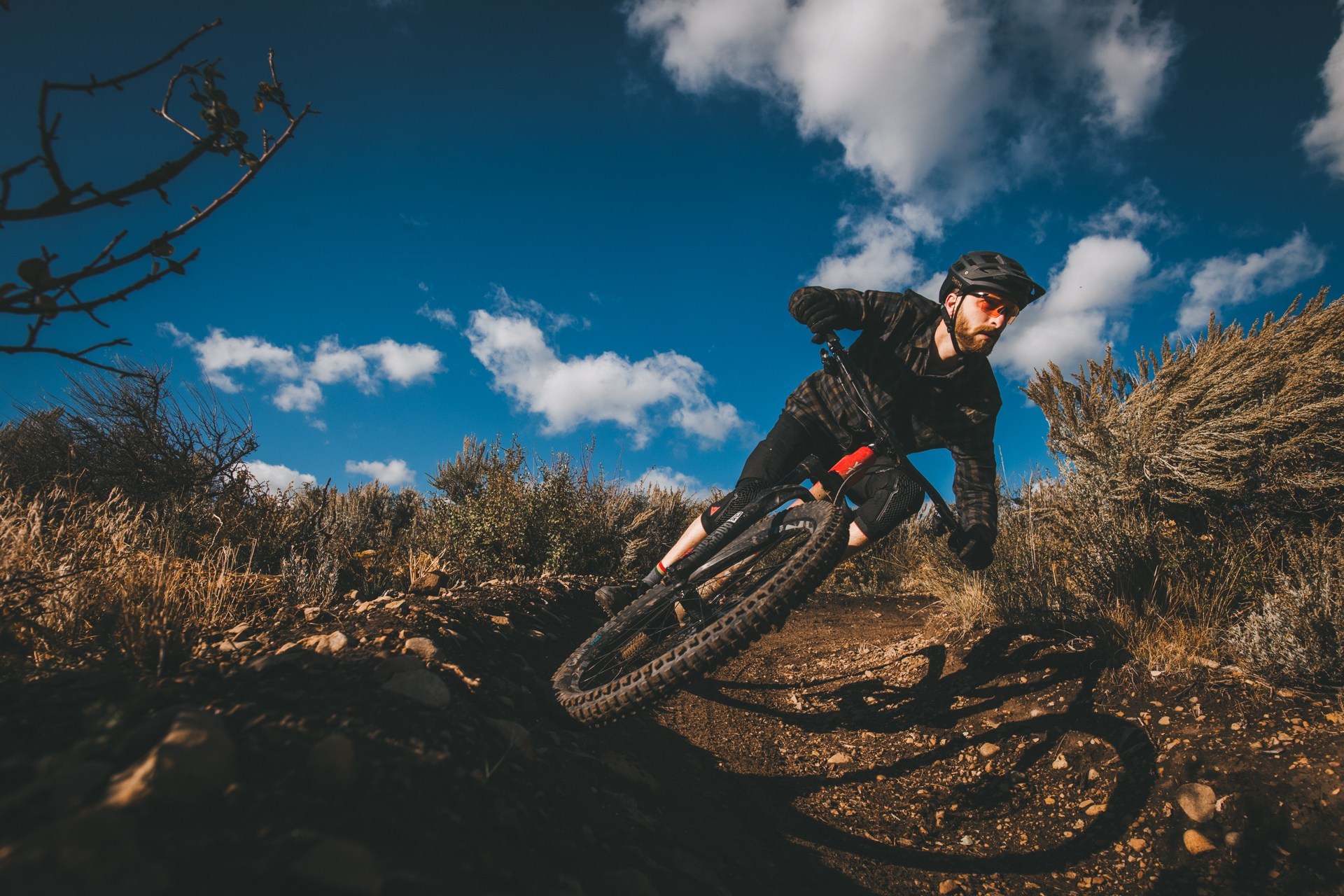
Flow Trails
Mountain biking is hard. That’s part of why a lot of us do it, but it is a special few who like that part from the beginning. And an even more select few for whom it’s never hard at all. The rest of our sport’s potential entrants might get turned off before they can catch the bug. But it’s easy to catch the bug on a flow trail. Berms and rollers are basically delivery devices for adrenaline. That’s how our body has been trained to react to lateral and vertical acceleration. We are evolutionarily predisposed to enjoy flow trails. Plus, that feeling of mastery that experienced riders have all the time is there for the taking. You don’t need to find the line or dance your bike around beneath you to keep your speed. It is your own personal roller coaster. And they can be enjoyed on any bike. No need for full-suspension or optimal tire pressure. All are welcome. Any rider who has tried and failed to get a friend or a significant other to enjoy a ride with them need only to take them to a moderately gravity-fed flow trail, and it’s the equivalent of a gateway drug. First one’s free. Then, hopefully, they’ll move on to the harder stuff.
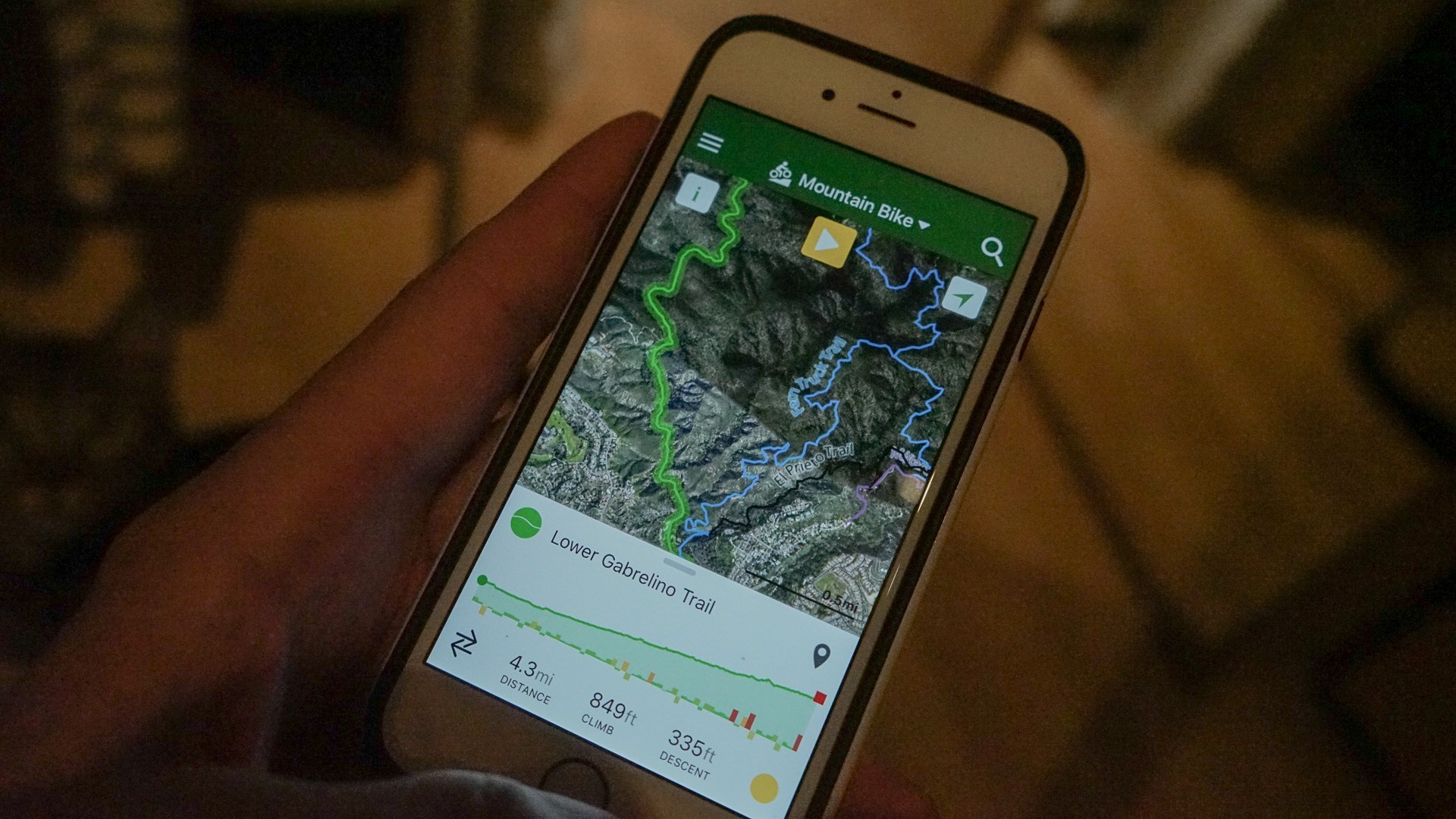
Trailforks
Yes, we know Trailforks is run by Pinkbike, but you gotta give credit where credit is due. It’s what most riders, Bike Mag’s editors included, use to find trails when away from home. But it’s also a way for new riders to get to know their backyard. Chances are, most beginners are only a few degrees of separation away from the local trail-knowledge guru, but that guru is probably up to bigger and better things this Saturday than that beginner is. If someone’s new to riding and doesn’t yet have a huge circle of local riding buddies, it may be the only way to plan a loop that’s within their riding ability and fitness level. Strava has similar features, and was founded in 2009, five years before Trailforks. But beyond planning, there’s something about looking at Trailforks that’s like looking at a bike park’s network map. It’s got easy to understand, well organized information that makes it less intimidating to dive into somewhere new. It’s a way for beginner riders to be comfortable pushing their limits and exploring. Without the need for a mapping GPS, anyone with a smartphone can safely find their way in and out of places that may have been out of their reach otherwise.
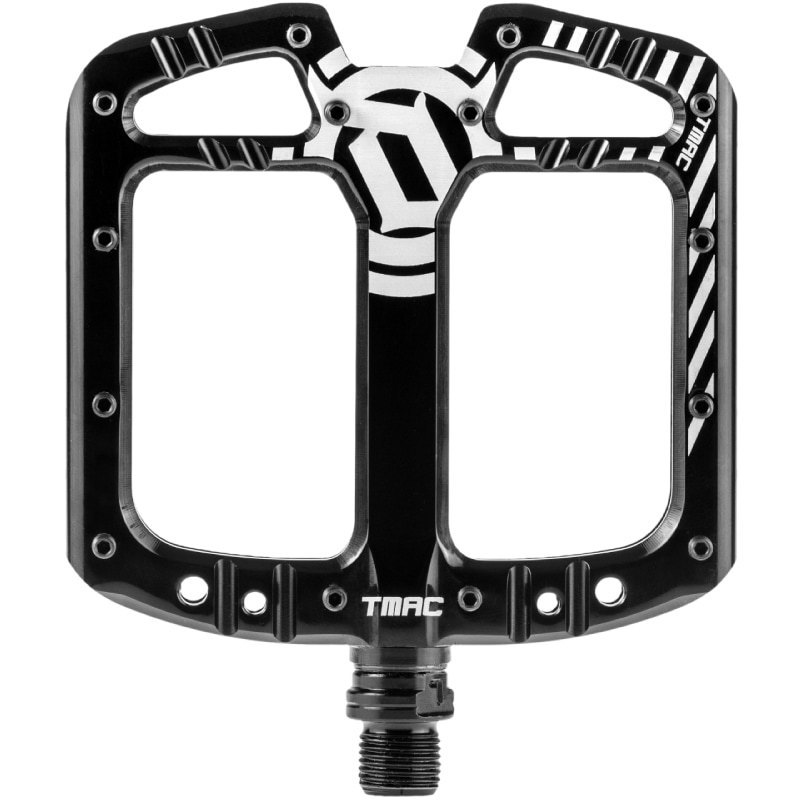
The Flat-Pedal Revolution
Ask any non-mountain biker about clipless pedals and, if they’re even aware of the concept, it will give them the willies. The idea of being locked in to your bike while riding steep, rocky terrain kinda seems insane on the surface. But for a long time, it wasn’t acceptable to go any other way. Suspension was far less supportive and geometry was far less friendly. And on the other side, there weren’t many choices in high-quality flat-pedal shoes. Five Ten hadn’t expanded far beyond its downhill offerings, and there surely wasn’t the field of competition that there is today.
The Travel Gear You Need to Make Long Flights Suck Less
Also, the divide between the trail category and the yet-to-be-christened enduro category was far wider, so if you were riding in a way that would benefit from clip pedals, you likely wouldn’t be doing it on a bike that would benefit from flat pedals. And vice-versa. Now, as trail bikes are getting far more thrashable and enduro bikes are getting far more practical, there are more choices on either side. And if newcomers aren’t getting pressured anymore by their XC-nerd mentors to ditch their skate shoes and commit, maybe they’ll make their own choices. Imagine that.
The post 9 Ways Mountain Biking Became More Accessible This Decade appeared first on Men's Journal.
Comments are closed.